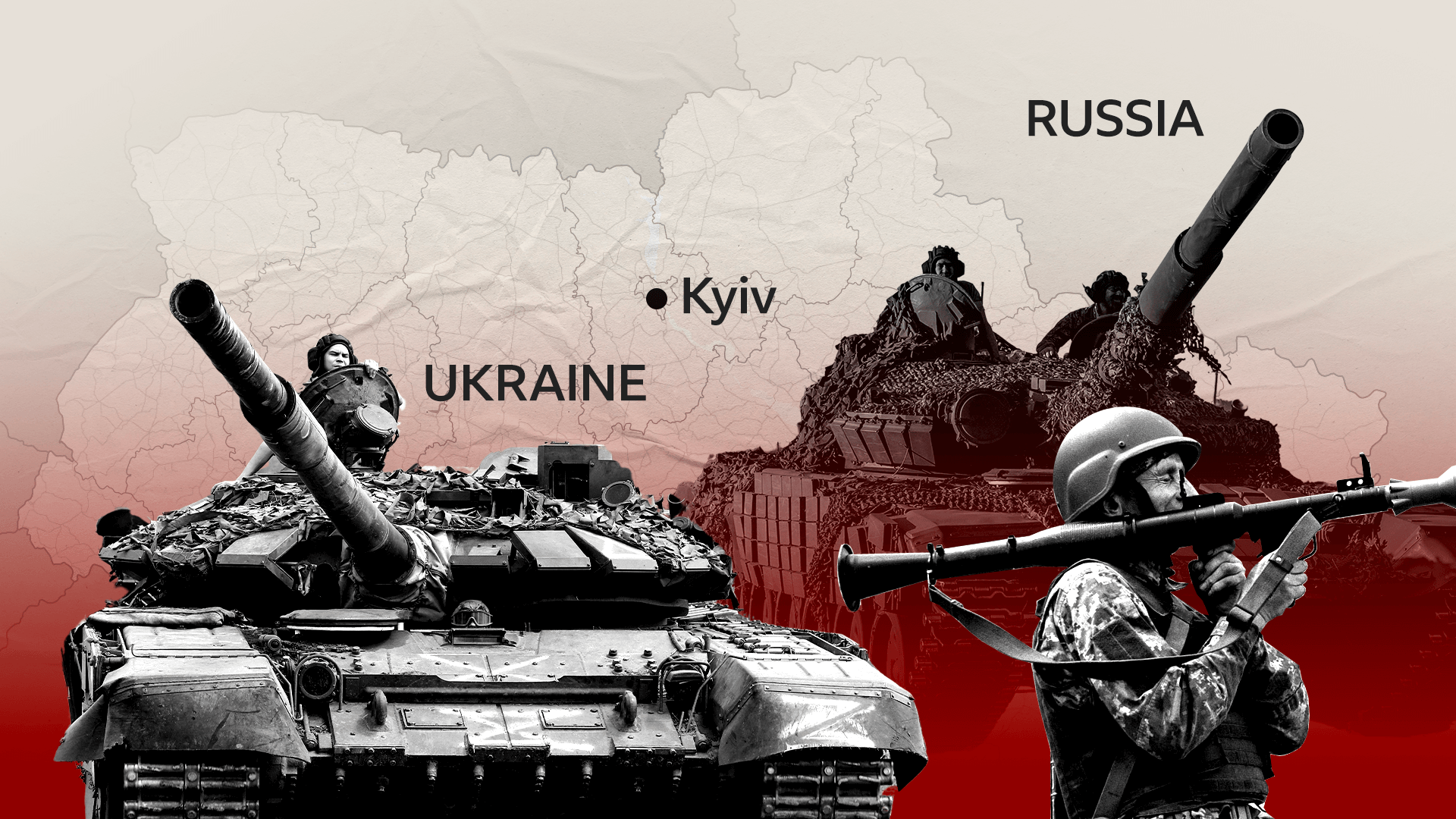Himars missiles and anti-radiation pills: Ukraine round-up
- Published
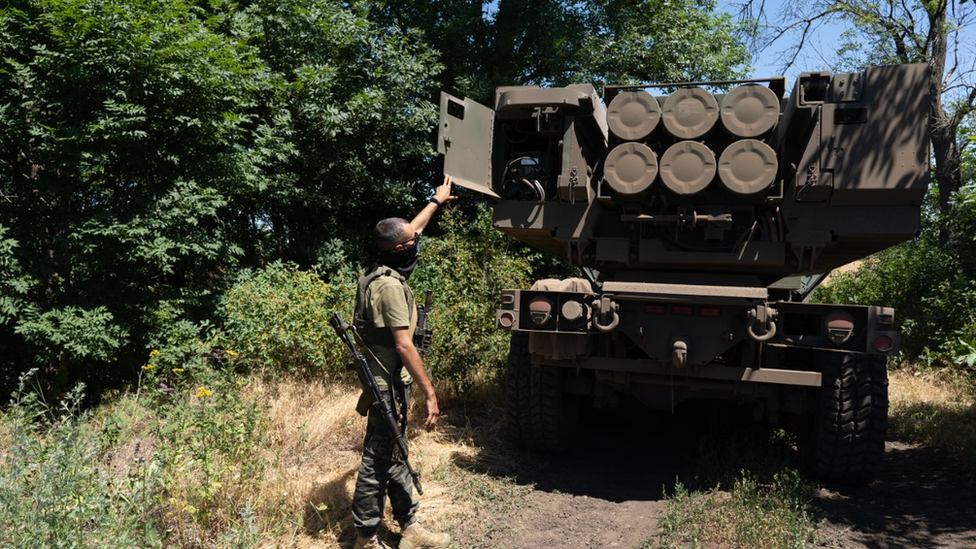
A Himars launcher under tree cover in eastern Ukraine
More than six months after Russian troops crossed the border, there are continuing indications of a major Ukrainian counter-offensive.
Ukraine's military says it has destroyed key Russian control points, weapons and warehouses as it tries to take back the occupied southern city of Kherson.
Kyiv said on Tuesday that it had broken through Russia's first line of defence, but Russia said Ukrainian troops had been defeated during a failed attack, and suffered heavy losses.
It follows weeks of Ukrainian attacks aimed at cutting off Russian forces in the southern region, which has been controlled by Moscow since March.
If the much-heralded counter-attack is to bear fruit, it will be due in no small part to the advanced military hardware that is being provided by the West.
Ukraine's President Volodymyr Zelensky has said that US-made Himars missiles are changing the course of the war, after they were used to hit dozens of targets such as Russian command posts, ammunition depots and bridges in Russian-occupied Kherson.
But what is the Himars system and why is it so effective? Find out here.

Tracking the Russian invasion
President Zelensky and other top officials have been tight-lipped about details of their forces' reported counter-offensive, urging Ukrainians to be patient.
However, explosions and shots were heard for a second day on Tuesday in the city of Kherson.

Meanwhile, Russian forces are continuing efforts to make advances in the Donetsk region.
Russian officials have said their forces are fighting for the "complete liberation" of the Donbas region, which broadly refers to Ukraine's eastern regions of Donetsk and Luhansk, where Russian-backed separatists held significant territory before the invasion.

EU sends anti-radiation pills to Ukraine

Zaporizhzhia nuclear plant is under Russian occupation
President Zelensky has urged officials from the International Atomic Energy Agency (IAEA) to do everything they can to prevent a nuclear disaster at Zaporizhzhia, Europe's largest nuclear power plant, as they set off to inspect the complex.
The plant, which is under Russian occupation, has recently come under fire, with both sides blaming each other for the attacks.
As fears grow for the safety of the plant, the EU is giving more than five million anti-radiation tablets to Ukraine.
In some areas, officials are already handing out the pills, which can stop the body absorbing radioactive iodine.
Residents have been told only to take it if a radiation leak is confirmed.

Ukraine grain ship docks in Djibouti

The first shipment of grain from Ukraine to Africa since the war began has docked in Djibouti after a two week voyage.
The MV Brave Commander is carrying 23,000 tonnes of Ukrainian wheat that is bound for neighbouring Ethiopia, which is in desperate need of food aid.
This wheat is meant to feed 1.5 million people in Ethiopia for a month, but it is not enough for a country facing several humanitarian challenges.

Warning over dairy price rises
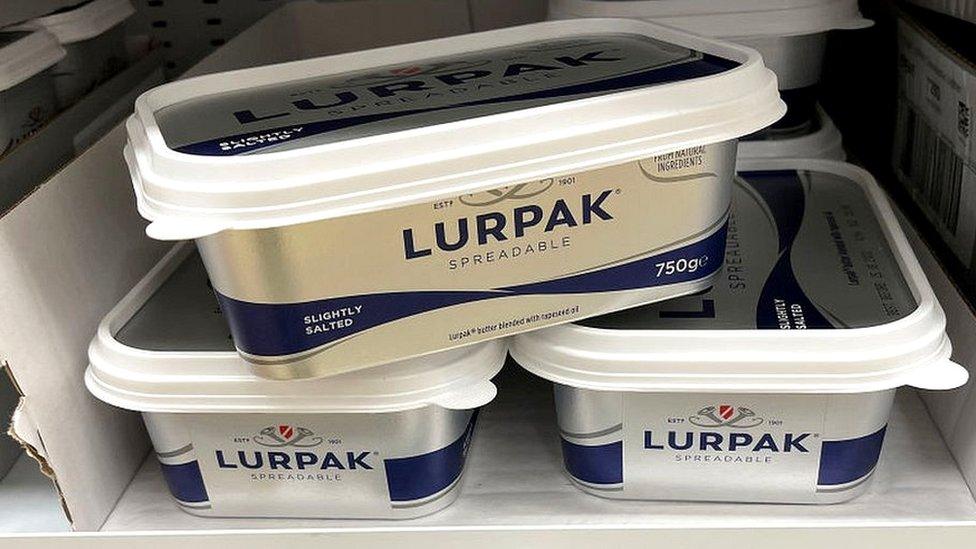
Despite the efforts to export Ukrainian grain, there are still fears that the war is pushing up global food prices.
The latest warning has come from Danish firm Arla, which is the fifth-biggest dairy company in the world.
Arla, whose brands include Lurpak butter, says the fighting has pushed up farmers' costs.
Russia and Ukraine are among the world's biggest exporters of fertiliser and animal feed.
However, the Kremlin's invasion has disrupted supplies, leading to increased prices.

Books and bomb shelters: Ukraine returns to school
WATCH: Ukraine races to build schools with bomb shelters for the new school year
As the new school year approaches, Ukraine has been preparing for students to return to education.
Since Russia's invasion of the country began on 24 February, more than 280 schools have been totally destroyed and 2,300 damaged.
According to Ukraine's Ministry of Internal Affairs, only 41% of schools, nurseries and universities have bomb shelters, a number that local authorities are working hard to increase.

Related topics
- Published30 August 2022
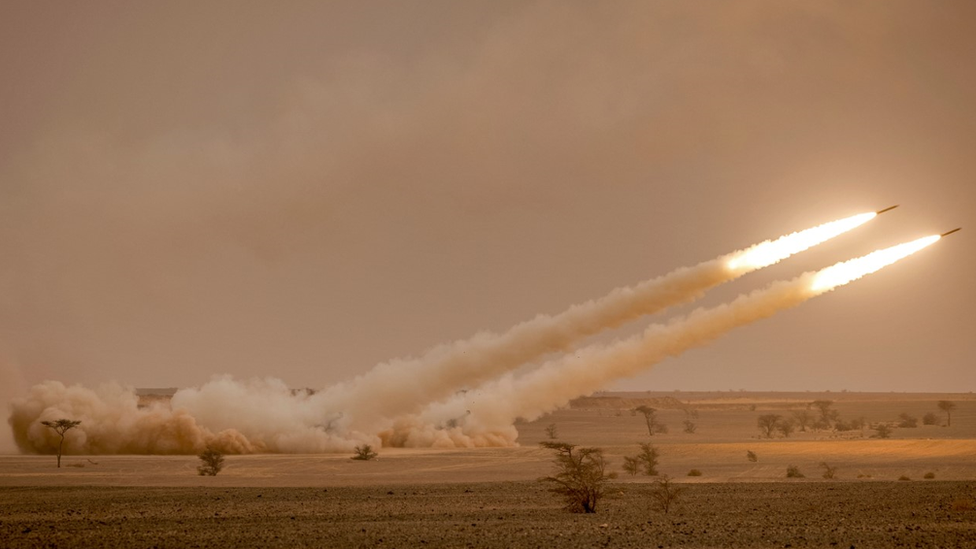
- Published30 August 2022
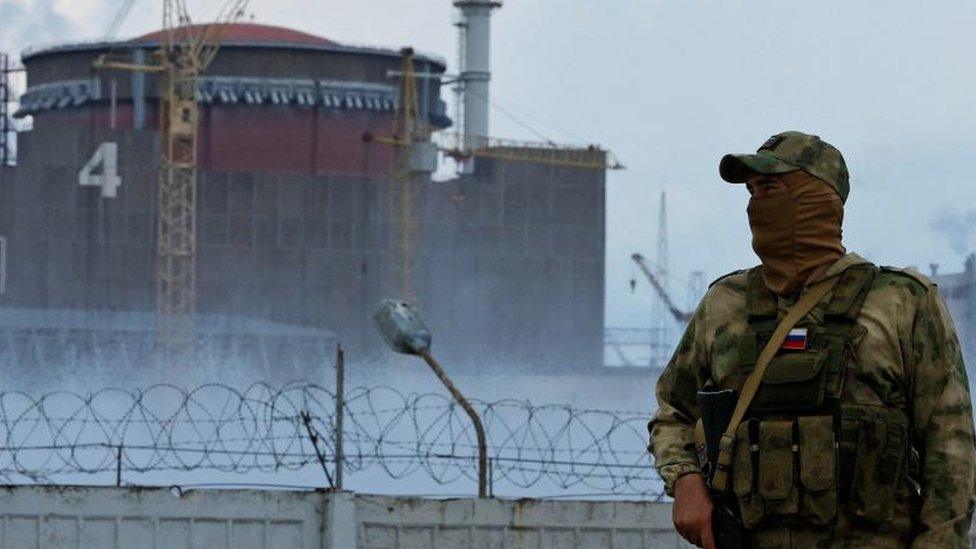
- Published30 August 2022

